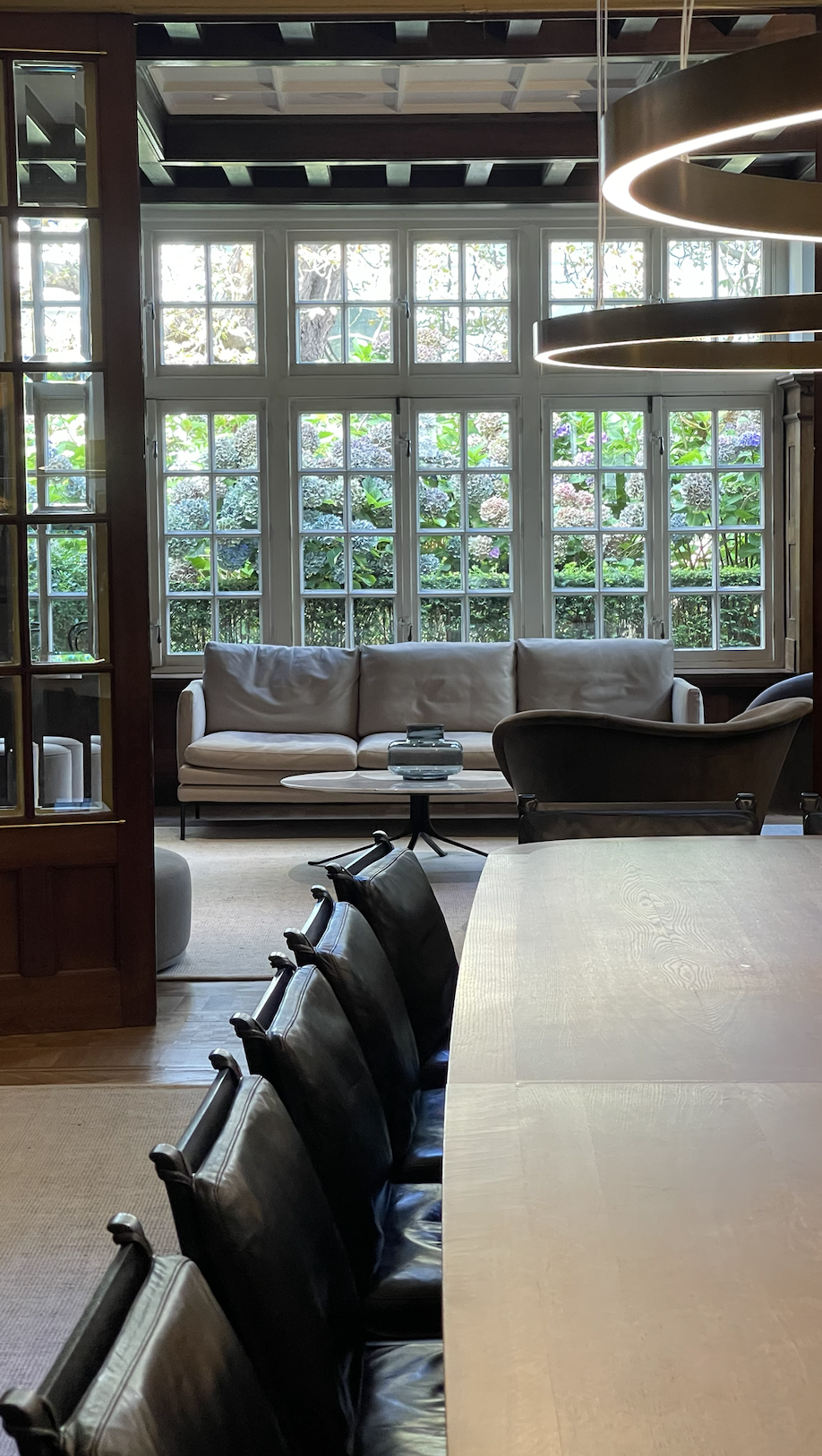Hendrick Buyck, Dirck van Oss, and their partners founded the Compagnie van Verre in 1594, laying the foundation for the VOC, which formally established in 1602 after strategic mergers and competitive agreements.
They pioneered statutory tradable shares, creating early equity market liquidity for what was a private equity fund with initial dividend yields around 18% in the first years—remarkably high by any standard.
The VOC innovated financial instruments such as the total return swap, introduced in the early 17th century, which delivered a stable return of approximately 6%, effectively calming volatile equity markets.
By 1610, the VOC structured a groundbreaking 10-year publicly quoted bond-like instrument, offering liquidity and tradability comparable to modern private equity. Within about a decade of its founding, by 1612, the VOC secured exclusive offshore money-printing rights, functioning as one of the first entities with banking capacity and monetary control alongside trade privileges.
Governance innovations like the ‘Heren Zeven’—akin to modern board committees—ensured strategic oversight and risk management. Originating from Bruges’ ‘Ter Beurse’ merchants’ meeting houses dating to the late 16th century, the VOC’s financial engineering set enduring precedents in market innovation and investment structuring.
Clear learnings from the VOC’s legacy include the power of financial innovation to stabilize markets, the value of transparent long-term instruments to build investor confidence, and the benefits and risks of integrating capital markets and monetary control. Their governance model highlights the critical need for disciplined oversight, while the ethical context of their history urges reflection and evolution toward responsible investing. These lessons remain profoundly relevant for contemporary financial ecosystems.


